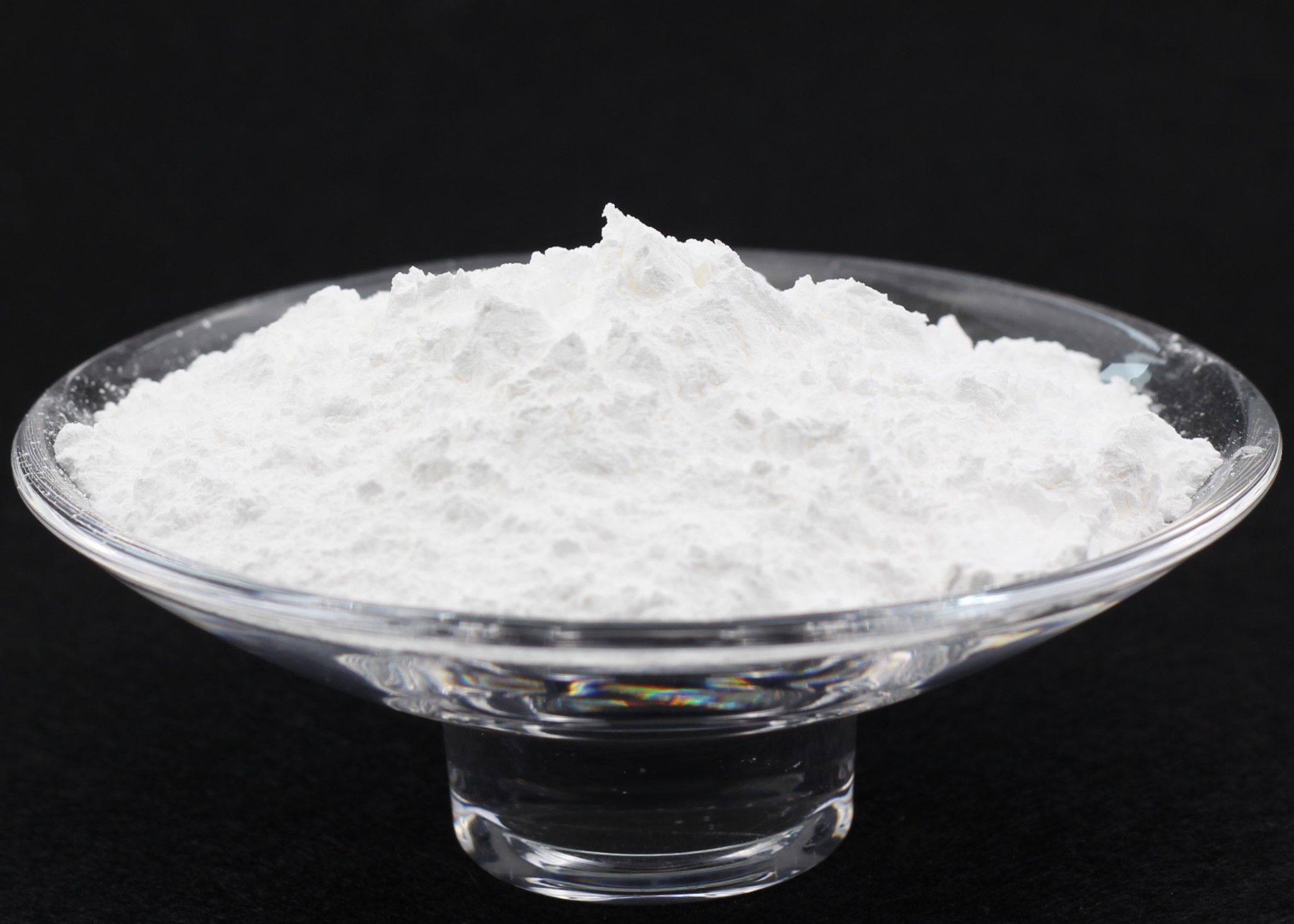Construction and demolition activities generate vast amounts of waste materials, contributing to environmental degradation and resource depletion. However, in recent years, there has been a growing emphasis on sustainable building practices and the circular economy. One key aspect of this movement is the utilization of recycled construction aggregates, which offer numerous environmental and economic benefits. By repurposing waste materials, recycled aggregates are transforming the construction industry and paving the way toward a more sustainable future.
Waste material repurposing refers to the process of taking discarded or unwanted materials and finding new ways to utilize them, extending their lifespan and preventing them from ending up in landfills. Rather than simply discarding waste, repurposing involves transforming it into something useful or valuable, often through creative and innovative approaches.
According to Coherent Market Insights, the global recycled construction aggregates market is projected to surpass 88.4 Bn by the end of 2030 in terms of volume, exhibiting a CAGR of 9.5% during the forecast period (2023 to 2030). Recycled construction aggregates are derived from various waste sources, including concrete, asphalt, brick, and masonry. These materials are processed and sorted to produce high-quality aggregates that can replace traditional virgin aggregates in construction projects. The process of recycling construction waste not only diverts materials from landfills but also reduces the need for extraction of raw materials, such as gravel and sand, which has significant environmental impacts.
One of the primary advantages of using recycled construction aggregates is the conservation of natural resources. Traditional aggregates, such as gravel and sand, require substantial extraction from quarries, which can lead to habitat destruction, soil erosion, and water pollution. By substituting virgin aggregates with recycled alternatives, the demand for new material extraction is reduced, preserving natural resources and protecting sensitive ecosystems.
Additionally, the use of recycled construction aggregates can significantly reduce the carbon footprint of construction projects. The extraction, transportation, and processing of traditional aggregates contribute to greenhouse gas emissions and energy consumption. On the other hand, recycling construction waste requires less energy and emits fewer carbon emissions compared to the production of virgin aggregates. By choosing recycled alternatives, construction projects can contribute to the mitigation of climate change and promote a more sustainable construction industry.
Recycled construction aggregates offer comparable performance to traditional aggregates, making them a viable choice for a wide range of applications. These aggregates can be used in road construction, foundations, drainage systems, and as base materials for new construction projects. They have been extensively tested and meet the necessary engineering specifications, ensuring their suitability for various construction applications.
Moreover, the utilization of recycled construction aggregates supports local economies and creates job opportunities. The recycling industry plays a crucial role in processing and supplying recycled materials to construction projects. This sector not only generates employment but also fosters innovation in waste management and recycling technologies. By supporting the use of recycled aggregates, communities can promote sustainable practices, stimulate economic growth, and reduce their reliance on external raw material sources.
In terms of cost, recycled construction aggregates can offer economic advantages. While the initial cost of recycled aggregates may vary depending on the location and availability, they are generally more cost-effective compared to traditional aggregates. As the demand for recycled materials increases, economies of scale and improved recycling technologies are driving down costs. This affordability makes recycled aggregates an attractive option for both large-scale construction projects and smaller-scale applications.
However, challenges remain in the widespread adoption of recycled construction aggregates. One significant hurdle is the need for consistent quality and standardization. As construction waste materials vary in composition, it is essential to ensure that the recycled aggregates meet the required specifications for strength, durability, and performance. This necessitates proper sorting, processing, and quality control measures to maintain consistent product quality.
Another challenge is the perception and acceptance of recycled construction aggregates in the construction industry. Some stakeholders may be hesitant to embrace recycled materials due to concerns about their performance or durability. Education and awareness programs that highlight the benefits and reliability of recycled aggregates can help overcome these reservations and encourage their wider adoption.



